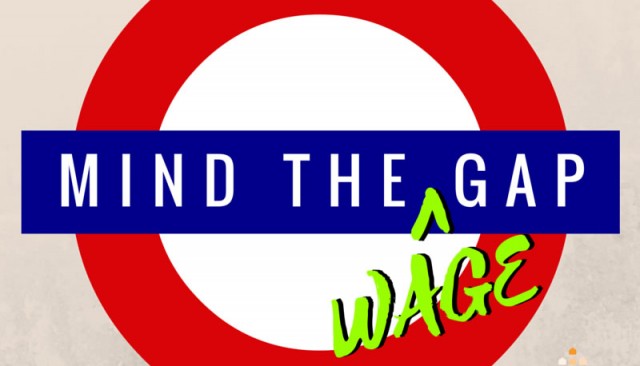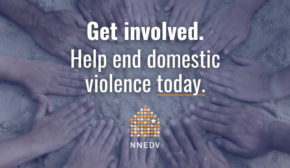Still Unequal on Equal Pay Day
April 12, 2016
It’s time to stop sidelining the issue of pay inequality. The wage gap between working women and men in the United States continues to perpetuate inequality. According to statistics released in 2012 by the United States Census Bureau, women are paid, on average, 78 cents for every dollar their male counterparts are paid. [1] Equal Pay Day, observed this year on April 12, represents how far into 2016 the average woman must work in order to earn what white men earned in 2015.
Seventy-eight cents to the dollar is unacceptable, yet the gap widens even further when you compare the wages earned by some women of color to those of white men. Compared to every dollar white men make…
- Latina women make 74 cents.
- Native Hawaiian and Pacific Islander women make 65 cents.
- Black women make 64 cents.
- American Indian and Alaska Native women make 59 cents. [2]
This wage gap not only hinders the daily security of women, but over a lifetime this gap also results in women having smaller Social Security checks, decreased savings, and less pension income. This significantly impacts women’s long-term financial security.
For survivors of domestic violence, pay inequality can have devastating consequences. Survivors’ safety can be directly linked to their economic stability, and abusers often use financial abuse as a tactic for maintaining power and control over a victim. Limiting survivors’ access to financial resources and employment restricts their ability to regain financial independence and move from short-term safety to long-term stability. In addition, wage discrimination and pay inequality exacerbate financial dependence, creating added barriers to safety and economic independence.
“It is way past due for this country to stop undervaluing women and take the next steps toward securing economic justice,” said Kim Gandy, NNEDV President and CEO. “In our work with victims of domestic violence, we see the real consequences of wage discrimination. Women and children are facing homelessness and poverty because of this country’s lack of regard for fair pay. Legislation that addresses wage discrimination is necessary to increase economic stability for survivors of abuse.”
Increasing survivors’ economic stability is at the forefront of our work. We help ensure that survivors have the tools and resources they need through our Economic Justice program. Through our Public Policy program, we fight for legislation that promotes equality and economic opportunity. Paycheck fairness is not just a problem for women; it is also a problem for families. We must push for legislation that addresses the fact that women and families are being shortchanged thousands of dollars a year and hundreds of thousands of dollars over a lifetime due to pay inequality:
- The Paycheck Fairness Act strives to update and strengthen the Equal Pay Act by closing loopholes, making it harder for employers to hide discrimination, rewarding companies with good pay practices, and training women and girls in salary negotiation.
- The SAFE Act ensures survivors do not have to risk their safety to protect their economic security. This act guarantees many protections for survivors including protecting survivors from being fired due to harassment by their abuser, ensuring that survivors who have been separated from employment due to abuse are eligible for unemployment insurance, and creating a national awareness campaign to create a culture of prevention and support for survivors.
—
[1] The White House. “Five Facts about the Gender Pay Gap.” (2015.)
[2] AAUW. “By the Numbers: A Look at the Gender Pay Gap.” (2015.)





